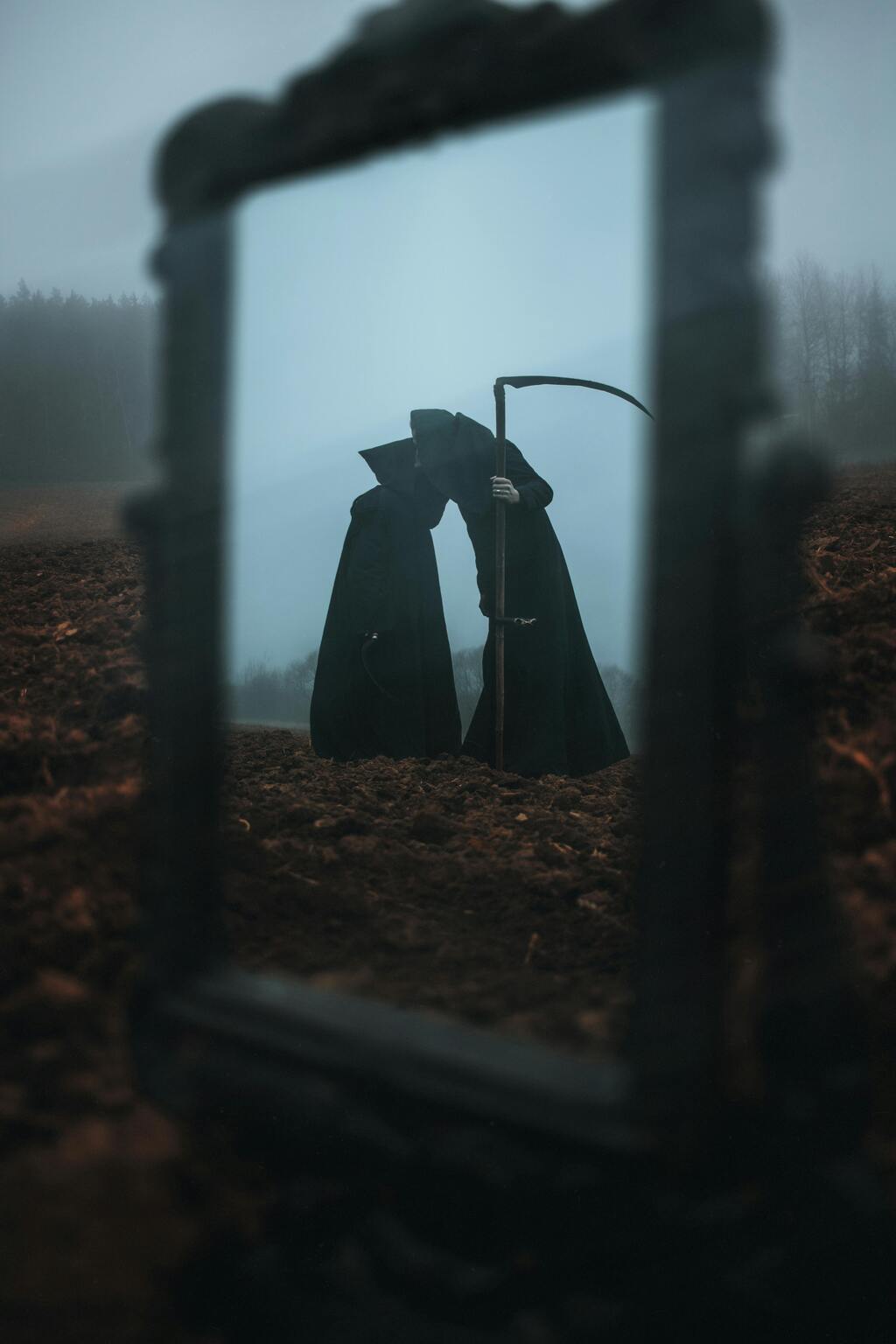
Brooke Glass wasn’t just a factory—it was a symbol of the American glassmaking tradition rooted deep in the Ohio Valley. Located in Wellsburg, West Virginia, the story begins in the late 1800s with Riverside Glass Works, one of many companies that once made this region a hub for fine glassware.
When Riverside closed in 1907, its facilities were taken over by Crescent Glass Company, which gained recognition for its barware. But with the arrival of Prohibition, the company had to pivot, producing items like red glass lantern globes and even ruby-colored taillights for Model A Fords.
In 1980, the factory entered its final chapter under the name Brooke Glass, led by Henry Rithner III. By this time, it was the last remaining glass factory out of 37 in the area. Brooke Glass became known for its ruby glass formulas and was among the first to adopt natural gas furnaces for more consistent heat—an innovation that helped ensure quality and efficiency.
Brooke Glass operated into the early 2000s, finally closing its doors around 2002. Though the furnaces were shut off and the tools packed away, the legacy of Brooke Glass continued to echo through Wellsburg. Preservation efforts by local organizations helped recover molds, documents, photos, and glass samples. These artifacts are now displayed in museums and historical exhibits across Brooke County.
A mural titled “The Brooke Glass Pickers” was also created as a tribute to the workers who kept the fires burning—artists in their own right who shaped molten sand into beauty.
Once upon a time, in a quiet valley hugged by river and ridge, there stood a Glass Mountain. It wasn’t made of stone or ice, but of glimmering panels and molten fire—rising smoke by day, glowing embers by night. The people of the valley called it Brooke, and those who worked within were known as Flamehands, for they shaped light itself.
Legends whispered that deep within the mountain, buried behind red-glass walls and iron molds, there lay a glowing heart—a Ruby Lens forged by the first Firemasters. It held the stories of every goblet, lamp, and bottle ever made within the mountain's walls. But over time, the fires cooled, the tools lay still, and the Glass Mountain slumbered.
Years passed. One day, a young dreamer from the valley—curious and bold—set out to climb the ruins of the mountain. Others warned him: "It’s dangerous. The glow is gone. The magic is dead." But he climbed anyway, hand over hand, across rusted scaffolds and dusty glass shards.
At the summit, he found the Ruby Lens, not as a jewel, but as a memory. He looked through it and saw images of workers laughing beside furnaces, of molten streams pouring into molds, of fire meeting form. The mountain may have grown silent—but its heart still beat with light.
When the dreamer descended, he carried the lens not for riches, but for remembrance. And soon, others came. They painted murals, told stories, and rebuilt pieces of the mountain. In time, the valley glowed once more—not from fire, but from pride.
And thus, the Glass Mountain of Wellsburg lived on, not as a factory—but as a legend.
| Element | Details |
|---|---|
| Location | Wellsburg, West Virginia |
| Original Factory | Riverside Glass Works (1886) |
| Later Names | Crescent Glass Company → Brooke Glass (1980) |
| Key Products | Barware, lantern globes, ruby taillights |
| Notable Innovation | Early use of natural gas furnaces |
| Closure | Around 2002–2004 |
| Preservation | Community efforts, murals, museum collections |
| Fairy Tale Theme | A symbolic Ruby Lens preserving the spirit of craft |